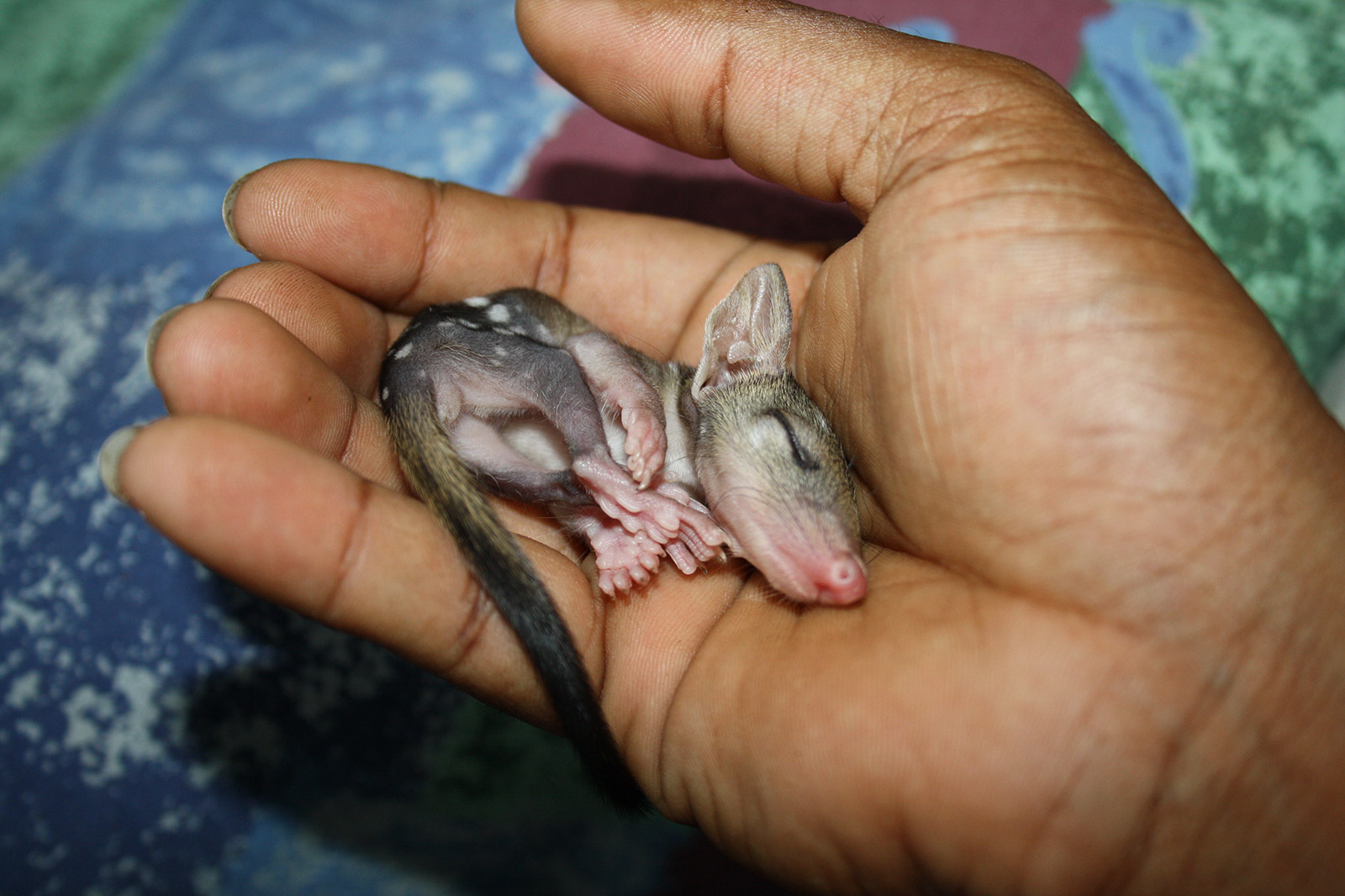News release
From:
Attachments
Note: Not all attachments are visible to the general public. Research URLs will go live after the embargo ends.

Research
PLOS, Web page
Please link to the article in online versions of your report (the URL will go live after the embargo ends).
Journal/
conference: PLOS ONE
conference: PLOS ONE
Research:Paper
Organisation/s:
The University of Western Australia, Murdoch University, Department of Biodiversity, Conservation and Attractions, WA
Funder:
This research was undertaken as a part of a Threatened Species Offset Plan funded by Rio Tinto which supported RP, HA and BR and MDC.



 Australia; WA
Australia; WA


